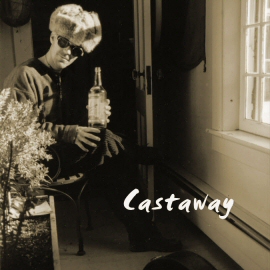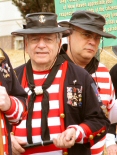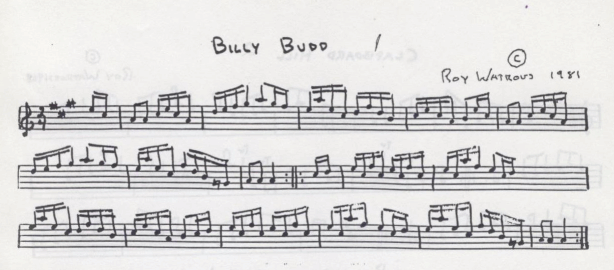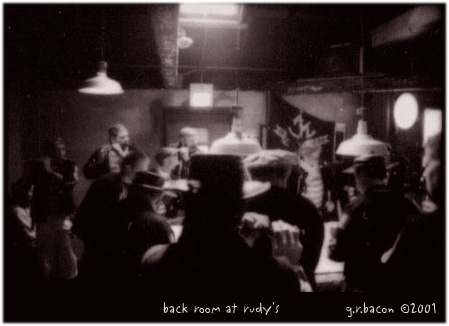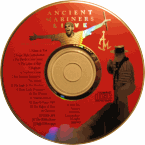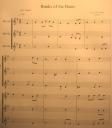 general
general
Talk of the Town

After Ned posted about baconworks over at starchamber.com a follow up discussion ensued that has been quite interesting. How does good music get discovered? How is the discovery process that takes place today different from what it was in the 60’s or in the 90’s? What do entities like American Idol do for the music world?
Incidentally, Ned blogs on a wide array of interesting topics such as The Age of Organic Knowledge, Cheap DNA Sequencing and The Origins of Alcohol. It is worth your time to check it out.

